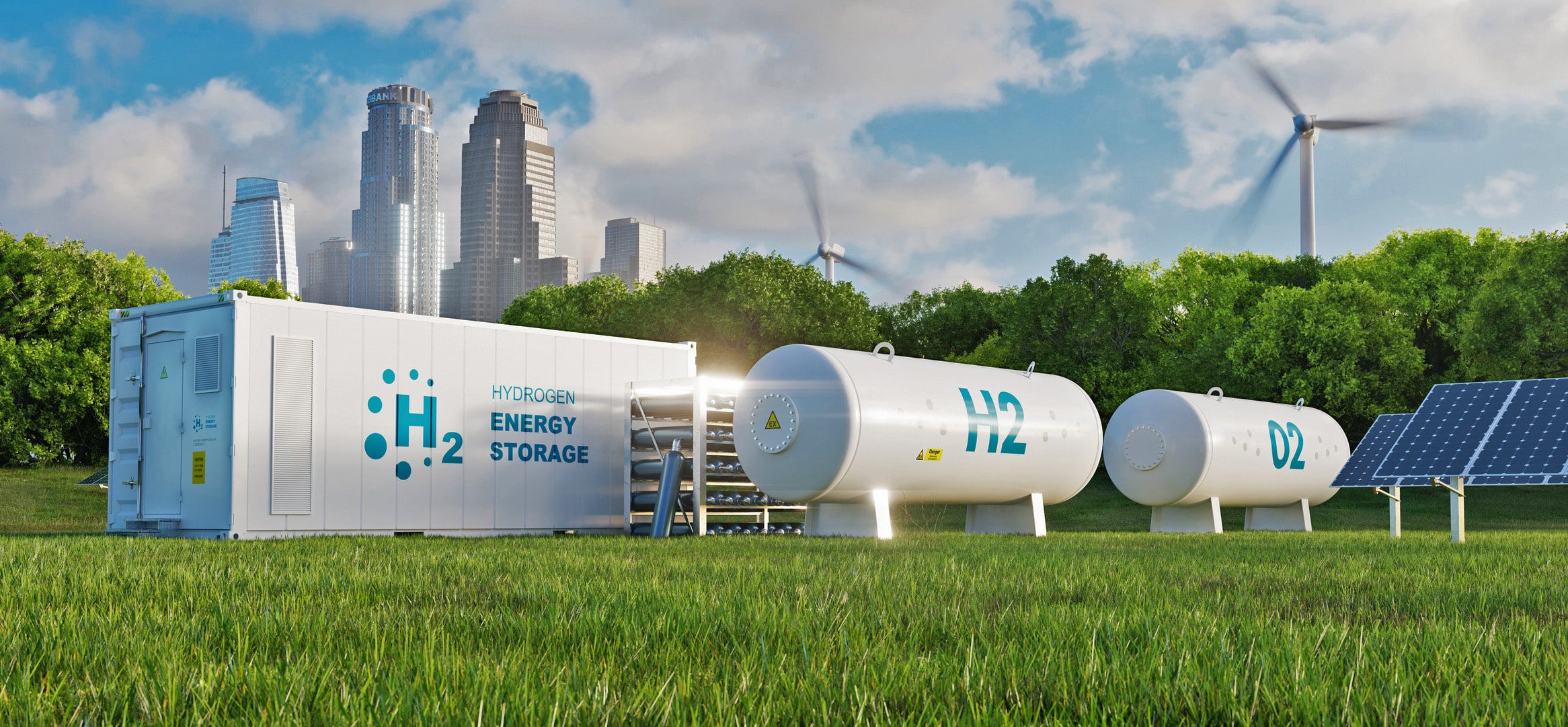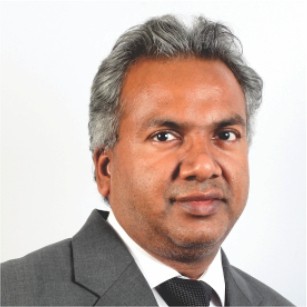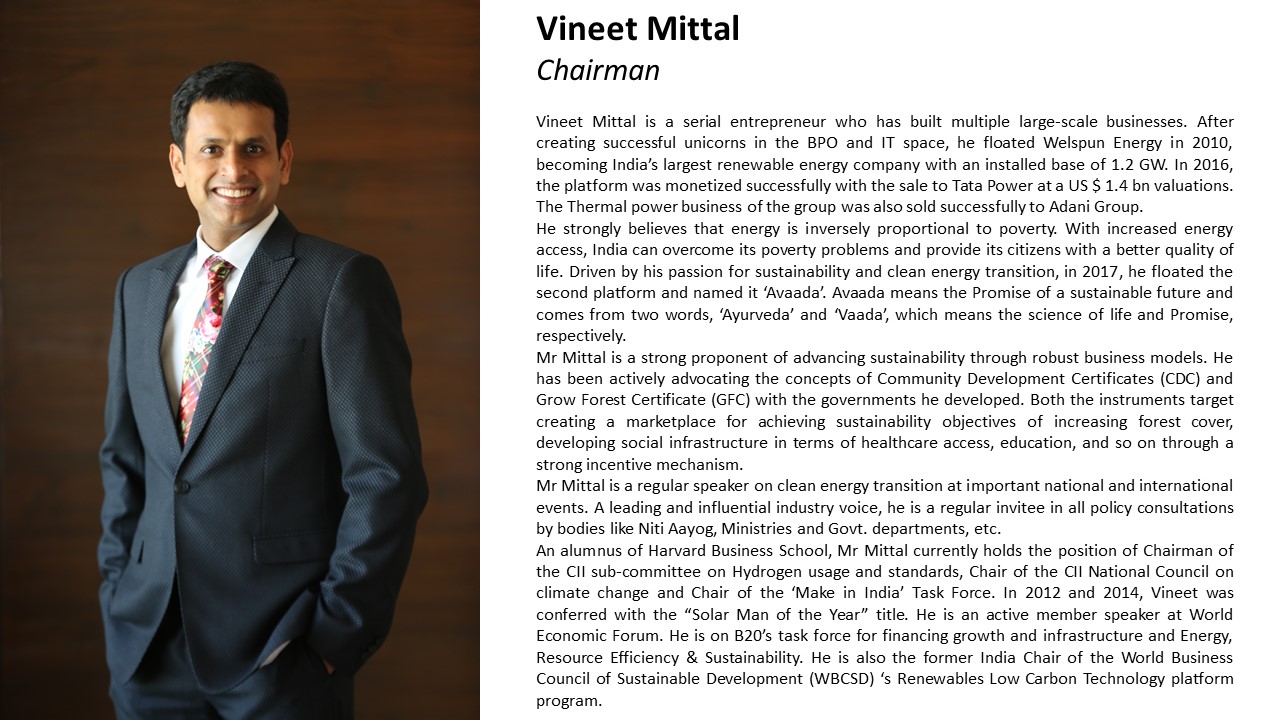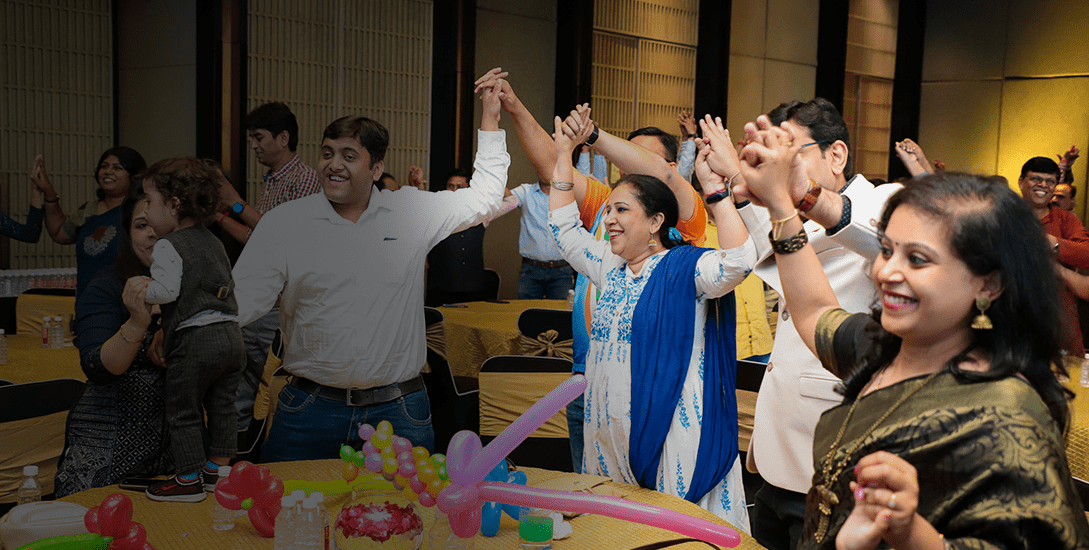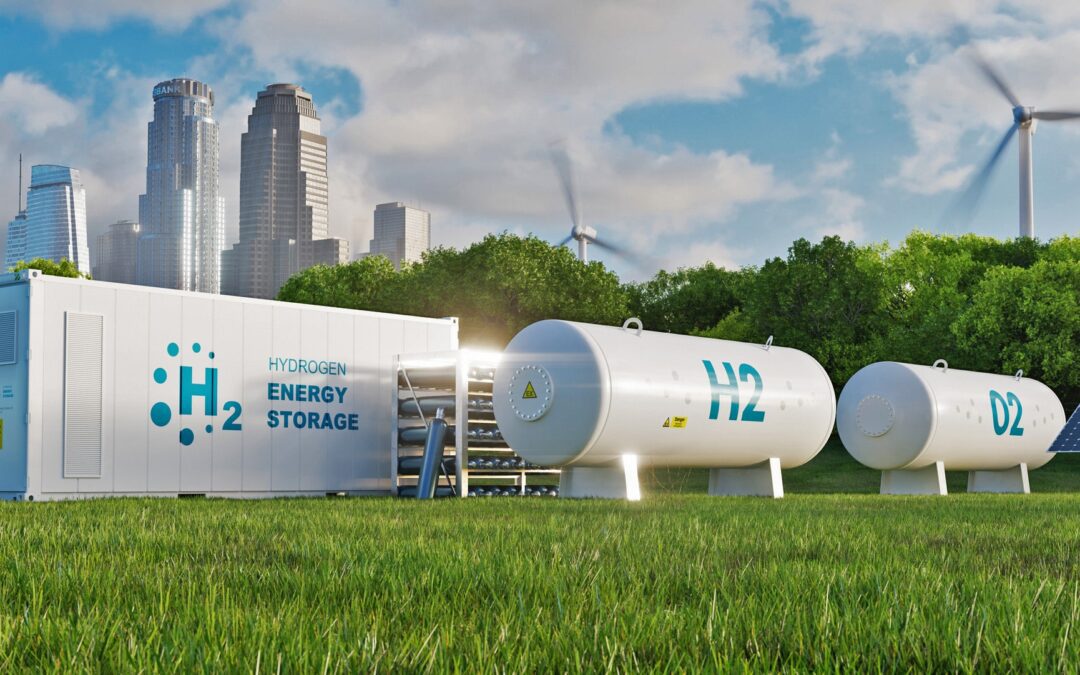
by Vineet Mittal | 26 April, 2022
The Ukraine – Russia war has led to the prices of #CrudeOil shooting to $130/barrel, the highest the world has witnessed in over a decade. The rise in prices of oil, #NaturalGas and #Fertilizers highlight India’s vulnerability to geopolitical sanctions. #GreenHydrogen is an emerging option that will help reduce India’s vulnerability to such price shocks.
Hydrogen, as an energy carrier, is crucial for achieving decarbonisation of hard-to-abate sectors. Many sectors such as iron ore and #steel, fertilizers, #refining, #methanol, and #maritime shipping emit major amounts of CO2, and carbon-free hydrogen will play a critical role in enabling deep decarbonization. India is one of the early movers in the green hydrogen space. More than 70 million tons of hydrogen are produced annually across the world, with India clocking around 8% of global production. India’s distinct advantage in low-cost #RenewableEnergy generation and world-class clean-power execution capabilities make green hydrogen the most competitive. This enables India to be potentially one of the most competitive producers of green hydrogen in the world. As India is targeting 500 GW of renewables by 2030, green hydrogen could act as a solution to extract value out of excess renewable power and avoid the duck curve possibilities in the grid.
Hydrogen is the technology of the future, a future that is not far away. By 2025, we will be using Hydrogen as a major fuel. India has announced the mission but we also need to develop a sound understanding of the hydrogen ecosystem. We do not have to import the technology. We have to look at what is happening in this domain globally and develop partnerships to develop this technology in a way that ecosystem – production, storage, transportation. A lot of R&D needs to be done before it becomes a reality. Govt. must allocate a budget & promote R&D for newer technologies like Green Hydrogen & Green Ammonia; along with time-bound approvals to set up the plant.
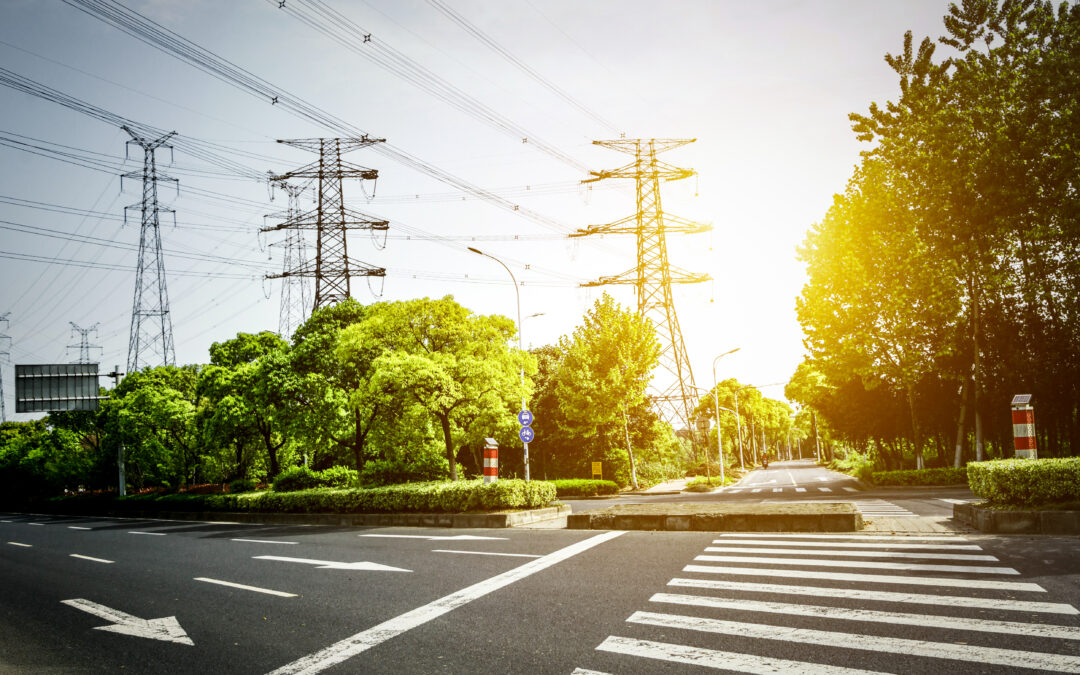
by Vineet Mittal | 1 July, 2020
Indian power sector reforms started in the early 1990’s and with the key objective of improving the financial and operational performance of utilities and gradually introduce competition in the market. While the generation and transmission sectors have witnessed major changes and become extremely competitive, power distribution companies have continued to struggle and are in precarious financial condition. While the results of reforms have been mixed, power market development in the process has emerged as a silver lining. India currently boasts of a robust bilateral along with two functional power exchanges on which 10%-12% of total power is consumed in the country.
Electricity distribution companies (DISCOMs) engaged in the retail supply of electricity in India procure power either from generators or from trading companies for long (up to 25 years), medium (up to 5 years) and short-term (less than 1 year) modes. Long-term contracts ensure the reliability of supply at an optimized cost whereas surplus requirements are met from medium and short-term power purchases. Over the decade, the share of medium/ short-term power purchase has surged (6% in FY 09 to 12% in FY 19). In the current scenario, unpredictable demand along with a large amount of intermittent Renewable Energy, integration into the grid poses difficulty in grid balancing. These imbalances are met through the following real-time power trading instruments–
- Electricity traded under bilateral transactions through Inter-State Trading Licensees (only inter-state trades)
- Electricity traded directly by the Distribution Licensees (also referred to as Distribution Companies or DISCOMs)
- Electricity traded through Power Exchanges (Indian Energy Exchange Ltd (IEX) and Power Exchange India Ltd (PXIL))
- Electricity transacted through Deviation Settlement Mechanism (DSM).
Bilateral trade functions intra-day from 1 day up to 1 year whereas power exchange performs through spot contracts for the same day, next day, and weekly. The power exchange market is much more volatile and depends on market conditions. Presently, Intra-day purchase and sale of electricity is done based on Day-Ahead Market and most of the real-time imbalances are managed through the DSM. DSM is best suited to ensure grid security but fails in cost-effectively balancing the grid. Furthermore, the absence of gate closure and provision of ‘Right to recall’ breaks the sanctity of schedules as well as restricts the generators from selling the un-requisitioned surplus in the market.
To overcome the current challenges, Power Exchanges in India (PXIL and IEX) started offering a new ‘Real-time Market’ (RTM) power trading instrument successfully launched on June 1, 2020. It features a double-sided closed auction, half-hourly market (48 trading slots) with uniform price auctions with the concept of gate closure that will be operated on an hour-ahead basis. The objective of RTM is to support the DISCOMs in managing power demand-supply variation, depend less on DSM, and saving on huge penalties to enable the safe and secure grid. The current reform of the introduction of RTM shall increase certainty in the sector by the provision of gate closure and faster bidding mechanism.
The key implication of the real-time market for generators are provided below:
- Able to sell un-requisitioned surplus power by participating in RTM and maintain the better PLF for fuel optimization
- The generators having a long-term contract and participating in RTM will be required to share gains in 50:50 subject to the ceiling of INR 0.07/ kWh
- No sharing of losses between Inter-State Generating Station and beneficiary
- All the generators are expected to bid considering ramping and other technical capabilities
Similarly, there are many benefits that the RTM mechanism provides to DISCOMs
- It manages higher variability of increasing RE penetration in the supply mix
- Market discovered price is likely to be more efficient than the power procurement cost under the bilateral agreement
- Un-requisitioned surplus from suppliers of other DISCOMS is available
- DISCOMS can recall and sell in RTM
- DISCOMS can let the suppliers sell in RTM and share the gain without any sharing of losses
- DISCOMS can manage sign change requirement under DSM through RTM
Trading in the real-time market has picked up since its launch a month back. As the short-term market expands further, major efficiency gains can be expected. Going forward, the next logical step will be introduction of the derivative market mode which will enable improved price discovery and provide an option to DISCOMs and consumers to participate in such a market to hedge risk. Having a variety of power contracts for the trading of electricity is essential for the overall development of an efficient wholesale market. Moving ahead, the electricity regulatory authority might consider coming up with the right set of regulations and guidelines to promote the derivatives market in the power sector.
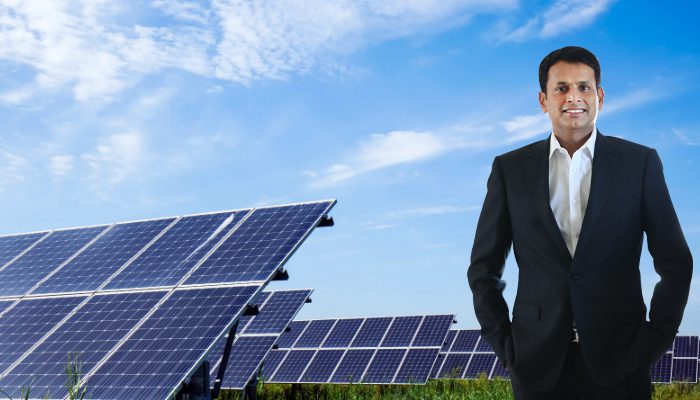
by Vineet Mittal | 17 April, 2020
“Chairman’s Message to the World!”
माता भूमि: पुत्रोहं पृथिव्या
“Earth is my mother and I am her son.”
“The earth is to be protected & nurtured like a mother. We are all her children, and she is the mother of all of us.” Such notions existed long before today’s research & technology-driven world. Finding their roots in ancient Indian Vedas, legendary scriptures like Shrimad Bhagwadgita, and age-old practices by the elderly of the Indian households, ideas of sustainability did not just exist back then. They were practiced as a way of life! However, as the world evolved er & technology became an integral part of our lives, these values were somehow lost in practice. This is where Mr. Vineet Mittal found a burning inspiration to turn the tables for the greater good. His vision of an organization that protects our planet from its degrading state gave birth to Avaada – one of Asia’s most recognized Solar Energy giants. Avaada is not just a corporation engaged in powering the future of people, it aspires for a sustainable future and promote harmonious existence with nature. l It.
Declining Health of Our Planet
Our beautiful planet, which we share with other flora & fauna, is struggling to cope with the climate change & environmental degradation problems. Life, especially in cities, has become arduous. The air, water, even the land is no longer pristine – something which were given to us in abundance by Mother Earth. Post industrialization, environment started degrading dramatically. In fact, Suspended Particulate Matter (SPM) levels in London during the 1950s peaked and were responsible for cardiovascular diseases & decreased life expectancy. This has only worsened over the years. While the life expectancy has been boosted due to medical advancements, threats to the environment still prevail. And, negative results are already manifesting. So, what exactly went wrong? Is there a clue mankind has been missing all this while? Let us find out.
Man & Environment: A Causal Nexus “World has enough for everybody’s need but not enough for everyone’s greed”
Man & the environment are inseparable entities of nature. They are bound to interact. However, we are yet to ‘re-learn’ how to interact with our environment. The furniture at your home comes from a cut-down tree, the plastic water bottle floats in the river, and emission from your car pollutes the air. ‘These are modern needs’ one might argue. Yes, they are. But, did we ever balance our karma? Did we give back to the environment more than we took from it? Answer such questions and you will get a hang of the concept of Sustainability.
Ancient Indian society was aware of the complex interactions between humans and the environment. They even knew about the outcome depending on our actions. This was the reason they talked about living in harmony & peace with nature. For instance;
ॐ द्यौः शान्तिरन्तरिक्षं शान्तिः
पृथिवी शान्तिरापः शान्तिरोषधयः शान्तिः ।
वनस्पतयः शान्तिर्विश्वेदेवाः शान्तिर्ब्रह्म शान्तिः
सर्वं शान्तिः शान्तिरेव शान्तिः सा मा शान्तिरेधि ॥
ॐ शान्तिः शान्तिः शान्तिः ॥
“Let there be balance in the space !
Let there be balance in the sky !
Let there be peace on the earth !
Let there be calmness Let there be !
Let there be growth in the plants !
Let there be growth in the tree !
Let there be grace in the Gods !
Let there be bliss in the Brahman !
Let there be balance in everything !
Let there be peace and peace !
Let such peace be with everyone of us !”
Though, we missed the point when we discarded such crucial universal values, and began existing for our comfort. This is what Avaada is changing.
Avaada: Bringing in New Perspective on Sustainability
Avaada’s business philosophy is based on a higher purpose- to ensure actions and spreading of the wisdom of sustainability for the well-being of nations, communities, & households as a collective. The founding team & employees at Avaada believe that sustainability should not just be another CSR fad. Rather, it should be a common Global value that nudges people to make this world a better place.
Building on this core philosophy, Avaada Energy has scaled its operations to 1 GW as of 2019-20. The company has already mitigated millions of tons of annual Carbon emission into the atmosphere via its innovative Solar Power projects. People at Avaada believe that every positive change begins at grass-root level.
To make this world a cleaner & greener place, all we need to do is practice a lifestyle where we are not straining our environment. “Solar Power is one way to do it,” states Mr. Mittal. “The other ways might include, say, using earthen or copper pots for potable water, using public transport or e-vehicles. Even cultivating a sense of oneness & belonging with nature wherein we respect it with all our hearts can work wonders,” he continues. He borrows his wisdom from ancient Indian texts. “We don’t need to learn anything new. All we need is to re-learn. The wisdom of sustainability was well known to our ancestors,” he remarks with a smile.
India & Its Sustainability Efforts
Achieving sustainability remains a challenge for our nation. Air pollution, water pollution, energy needs, deforestation & transportation pose biggest challenges to this goal. For instance, India is highly dependent on coal and thus having higher emissions. With a rapidly growing population of approximately 1.3 billion people, it will be difficult to contain carbon footprints. Hence, India needs to become energy efficient and shift to more renewable sources of energy. Solar Energy s is a promising solution with mammoth 750 GW Potential which can be harnessed. “If we can harness it to the maximum, India will be a Leading Solar Energy Giant in the world,” states Mr. Vineet Mittal.
Making Our Sustainability Efforts a Success
Let us take time to stop, ponder & reflect. If we become conscious of every action we take, we will be able to take corrective measures collectively. And, this must prevail at individual as well as business level. Mr. Mittal advocates the idea that businesses must be driven by a higher-purpose, something that he has practiced at Avaada himself. That would be the key to the most tedious global challenges.






